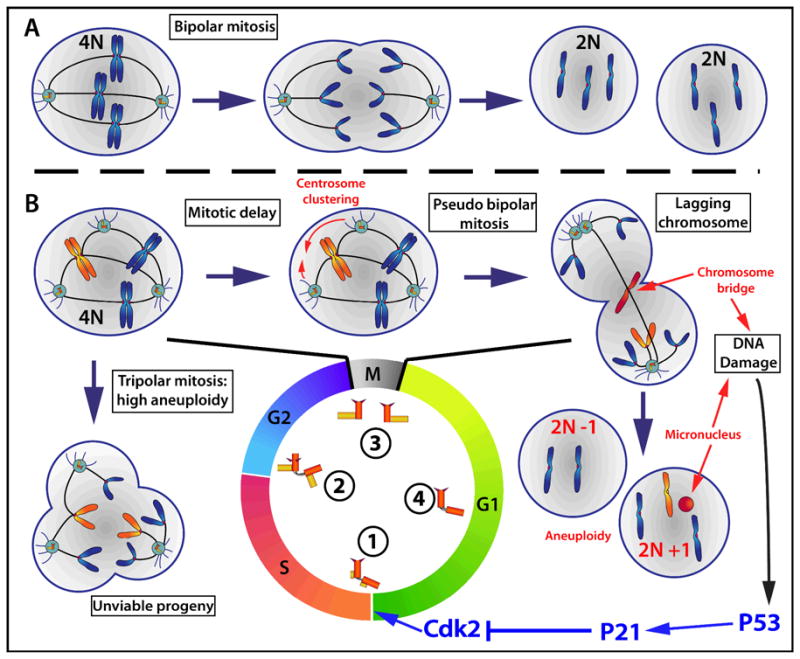Figure 1. Chromosomes segregation in presence of extra centrosomes.

Centrosome duplication starts at the G1/S transition with procentriole formation (1). Centrosomes are matured throughout the G2 phase (2) and they are separated to form the poles of the mitotic spindle in M phase (3). In G1, the centrosomes lose their orthogonal configuration in preparation for their duplication (4). A. Cells with two centrosomes form a bipolar spindle and chromosomes are usually accurately segregated. Cellular ploidy is maintained and cell proliferation is sustained. B. Cells entering mitosis with more than two centrosomes can either go through a multipolar mitosis or cluster their centrosomes to form a bipolar spindle. Progeny of multipolar divisions are highly aneuploid and are usually inviable. Centrosome clustering favors the formation of merotelic kinetochore/microtubule attachments resulting in lagging chromosomes. Lagging chromosomes can be included in DNA bridges or micronuclei during cell cleavage to produce daughter cells. These phenomena induce p53- dependent activation of p21, which inhibits Cdk2 and produces cell cycle arrest at the G1/S transition.
